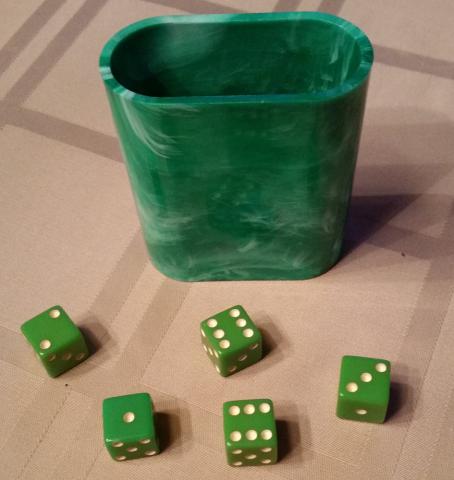Design Workbench
Design Objective
Now that we have a sense of how the game plays, we are ready to make a few more changes. Although we started with fairly stripped down rules, we are going to try to strip them down a bit more. Previously we only allowed Actions and Locks to be played on Revealed cards. That made it simple to think about what was happening, but also imposed a rule; “the card must be revealed” that may not be necessary and may actually inhibit the game play. So what if the state of the card Concealed/Revealed doesn’t matter?
Is the game more interesting? Is it easier or more difficult to understand, explain, score, play, etc.? What new problems may arise from this new mechanism? Does it reduce or increase the rule set?











